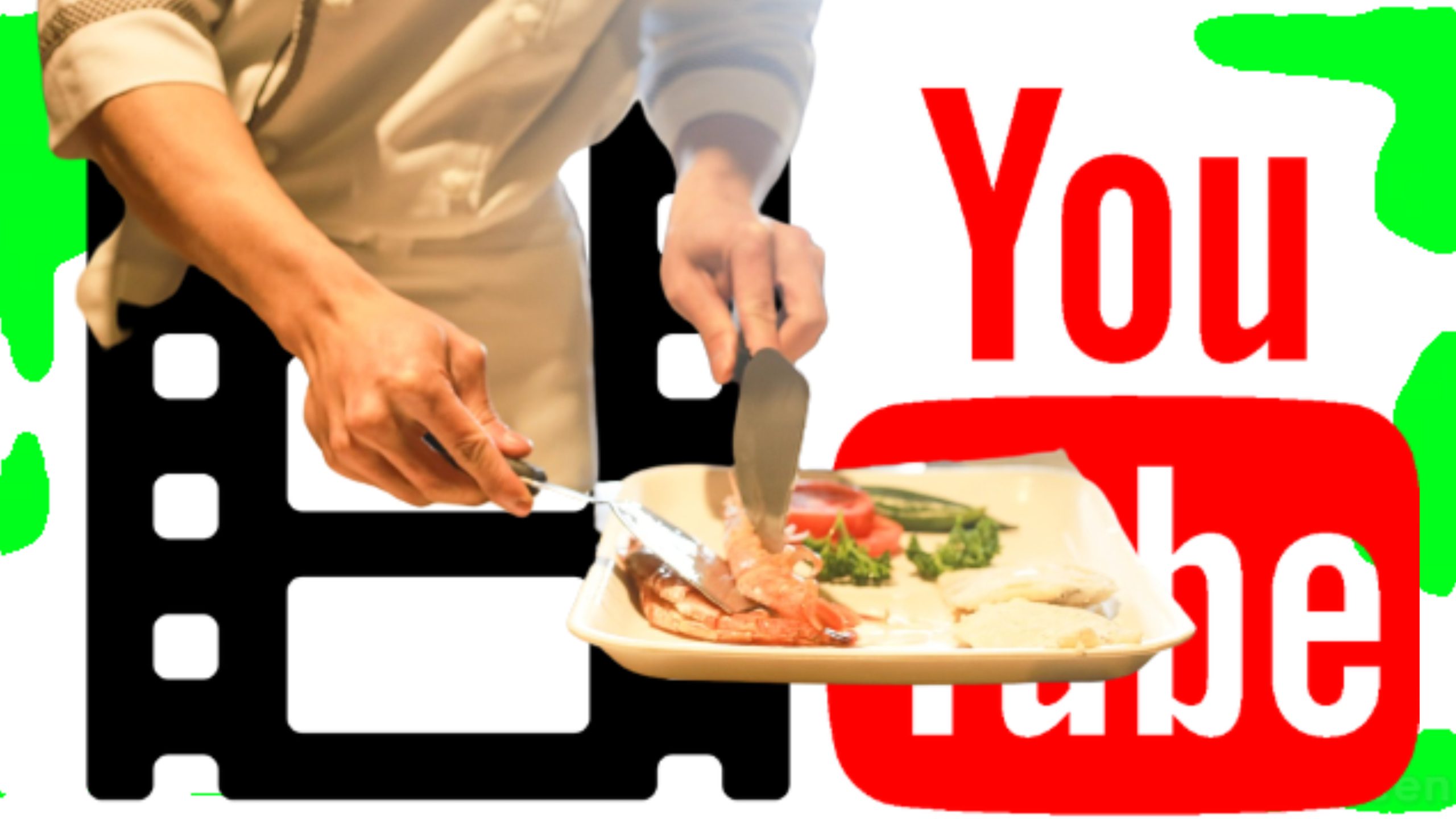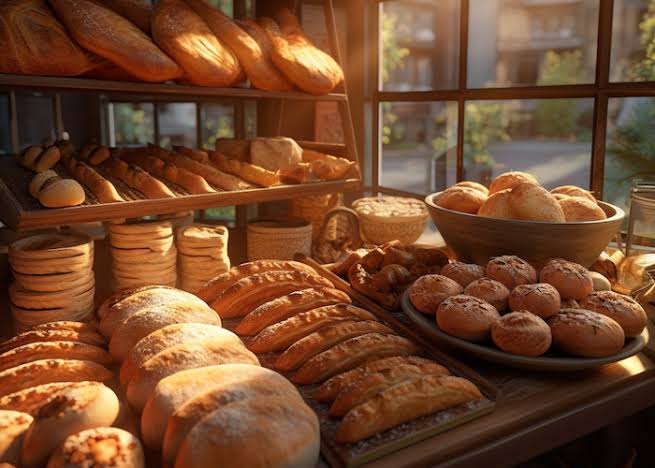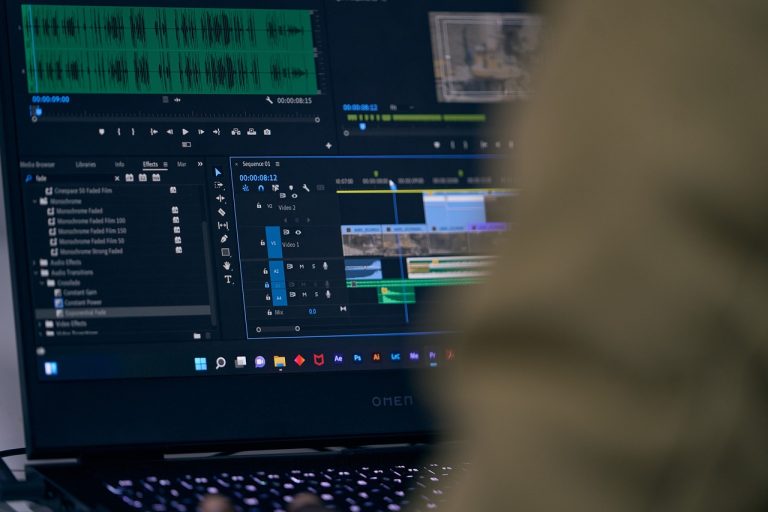How To Start a Cooking Channel on YouTube: Step-by-Step-guide

YouTube has become a culinary haven, with cooking channels attracting millions of viewers worldwide. If you have a passion for food and a desire to share your culinary expertise, starting your own cooking channel on YouTube is a fantastic way to connect with fellow food enthusiasts, showcase your talents, and potentially turn your love for cooking into a thriving online presence. In this guide, we’ll take you through the steps to kickstart your YouTube cooking journey.
Choosing Your Cooking Channel Niche
Selecting a niche is key: Before you dive into the world of YouTube cooking, decide on your channel’s niche. Specialization sets you apart and helps you target a specific audience. Whether it’s gourmet cooking, vegan recipes, quick and easy meals, or a focus on a particular cuisine, your niche should align with your passion and expertise.
Setting Up Your YouTube Channel
Create your YouTube account: If you don’t already have one, sign up for a YouTube account. Use a name that reflects your cooking persona or brand. Customize your channel by adding an appealing profile picture and cover image.
Here’s a step-by-step guide on how to create a YouTube channel:
- Sign In to Your Google Account:
- You’ll need a Google account to create a YouTube channel. If you don’t have one, you can sign up for free at Google Account Creation.
- Access YouTube:
- Go to the YouTube website by visiting www.youtube.com.
- Open YouTube Studio:
- Click on your profile picture in the top right corner of the YouTube homepage.
- Select “Your Channel” from the drop-down menu.
- Click on the “Use YouTube as…” link.
- Click “Customize Channel.”
- Create Your Channel:
- You will see a prompt to create your channel. Choose “Create Channel.”
- Choose a Name for Your Channel:
- You can use your own name or create a brand name for your channel. This is the name that will appear on your channel and videos. You can change it later if needed.
- Upload a Profile Picture and Channel Art:
- Upload a profile picture (usually a headshot or logo) and channel art (a banner image that represents your channel). These visuals make your channel more appealing.
- Customize Your Channel:
- Click on the “Customize Channel” button to personalize your channel further. You can add a description, links to your website and social media profiles, and organize your channel’s layout.
- Upload Your First Video:
- Click the “Videos” tab on your channel page.
- Select “Upload Video” to upload your first video to your channel. You can also add a video title, description, and tags to make it discoverable.
- Set Your Channel’s Privacy and Settings:
- Click on the settings icon (a gearwheel) in YouTube Studio to access your channel settings. Here, you can configure privacy settings, upload defaults, and more.
- Add Channel Keywords:
- In YouTube Studio, go to “Settings” > “Channel” > “Advanced settings.” Add relevant keywords that describe your channel to help with discoverability.
- Monetization (Optional):
- If you plan to monetize your channel through ads, memberships, or merchandise shelf, you’ll need to meet YouTube’s eligibility criteria and apply for the YouTube Partner Program.
- Customize Your Channel’s URL (Optional):
- Once your channel has gained some traction, you can customize your channel’s URL to make it more user-friendly. Go to YouTube Studio > “Settings” > “Channel” > “Advanced settings” to check if you’re eligible.
- Promote Your Channel:
- Share your videos on social media, engage with your audience through comments, and collaborate with other YouTubers to grow your channel’s audience.
That’s it! You’ve successfully created a YouTube channel. Remember that building a successful channel takes time and effort. Consistency, quality content, and audience engagement are key factors in growing your channel. Good luck!
Equipment and Software
Invest in the right tools: High-quality equipment is crucial for producing visually appealing cooking videos. Consider investing in a good camera, tripod, external microphone, and adequate lighting. For video editing, software like Adobe Premiere Pro or simpler options like iMovie for Mac users can help you polish your content.
Planning Your Content
Plan ahead: Successful YouTube channels require a content plan. Create a content calendar that outlines when you’ll upload videos and what topics or recipes you’ll cover. Consistency is key to keeping your audience engaged.
Recipe Development and Testing
Create unique recipes: Develop recipes that showcase your cooking style and expertise. Test them thoroughly to ensure they turn out perfectly for your viewers. Uniqueness and deliciousness will keep your audience coming back for more.
Video Production and Filming Techniques
Nail your video setup: Pay attention to details like lighting, camera angles, and framing. Well-lit, visually appealing shots make your recipes more enticing. Experiment with different angles to capture the cooking process effectively.
Editing Your Cooking Videos
Enhance your videos: Post-production is where you refine your content. Edit your videos to remove any unnecessary parts, add text overlays for ingredients and instructions, and incorporate music or background sounds to create an engaging atmosphere.
Optimizing for SEO and Audience Engagement
SEO is your ally: Optimize your video titles, descriptions, and tags with relevant keywords. Engage with your audience by responding to comments, asking questions, and fostering a sense of community. The more interaction, the better.
Monetizing Your Cooking Channel
Multiple revenue streams: As your channel grows, you can explore monetization options such as ads, sponsored content, merchandise sales, or crowdfunding through platforms like Patreon. Building a loyal audience is essential for monetization success.
Promotion and Collaboration
Spread the word: Promote your channel on social media and collaborate with fellow YouTubers or food bloggers. Cross-promotion can help you reach new audiences and grow your subscriber base.
Challenges and How to Overcome Them
Persistence pays off: Challenges like slow growth or negative comments are part of the YouTube journey. Stay persistent, focus on your passion, and continuously improve your content. The cooking community on YouTube is vast, and there’s room for everyone.
Measuring Your Success
Track your progress: Use YouTube analytics to measure your channel’s performance. Pay attention to metrics like views, watch time, and subscriber growth. Set goals and adjust your content strategy accordingly.
Conclusion
Starting a cooking channel on YouTube is not just about sharing recipes; it’s about connecting with a community of food lovers, expressing your creativity, and turning your passion into a thriving online venture. It’s a journey that combines culinary skills with videography, storytelling, and audience engagement. So, pick up your apron, set up your camera, and start cooking your way to YouTube success!
FAQs
1. Do I need professional culinary training to start a cooking channel on YouTube?
- While formal training can be helpful, it’s not a prerequisite. Passion, creativity, and the ability to communicate your love for food are equally important.
2. How often should I upload videos to my cooking channel?
- Consistency matters more than frequency. Decide on a schedule that you can maintain and stick to it.
3. Can I use copyrighted music in my cooking videos?
- It’s best to use royalty-free music or music with proper licensing to avoid copyright issues on YouTube.
4. How long does it take to monetize a cooking channel on YouTube?
- Monetization timelines vary, but it often takes time to build an audience and meet the eligibility criteria for YouTube’s Partner Program.
5. What should I do if I receive negative comments on my videos?
- Respond politely or consider ignoring them. Focus on engaging with positive comments and constructive feedback to foster a supportive community.






